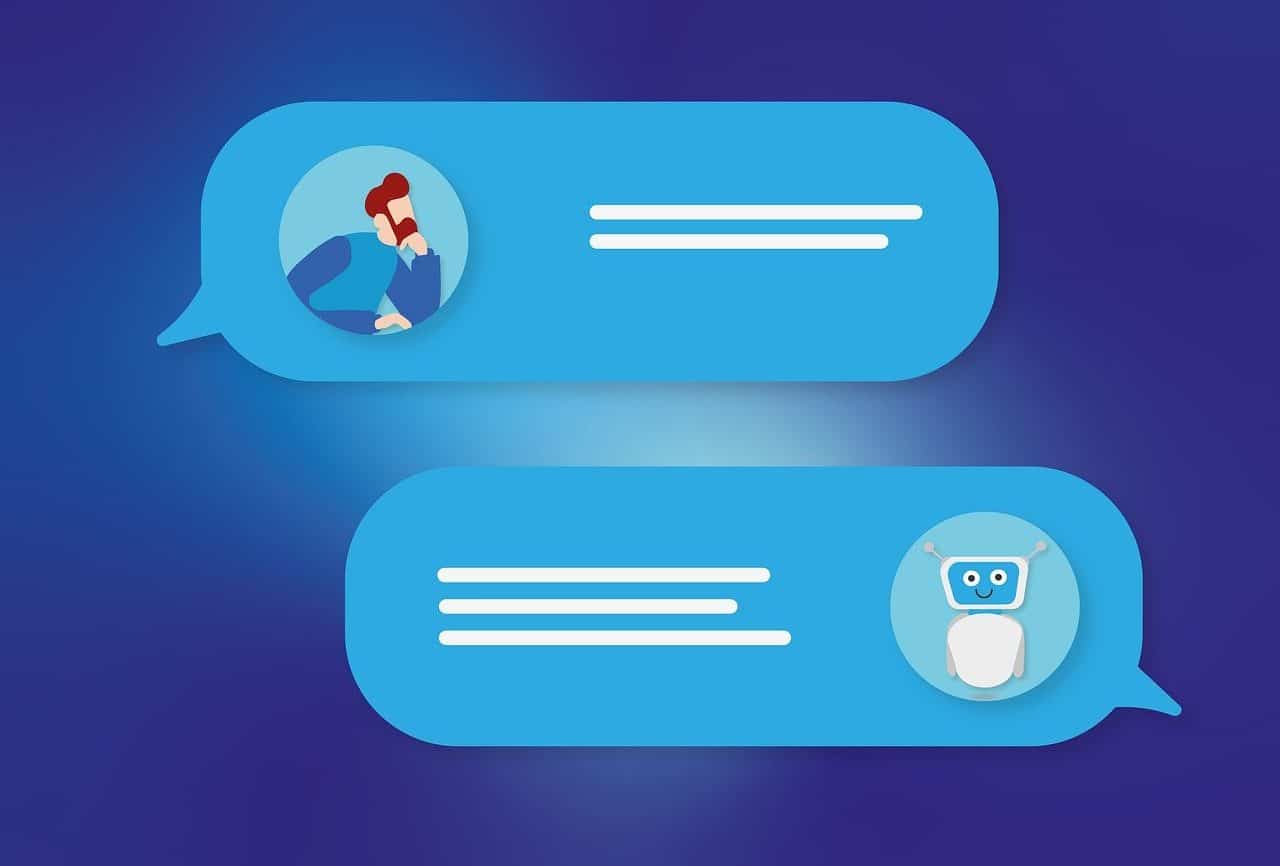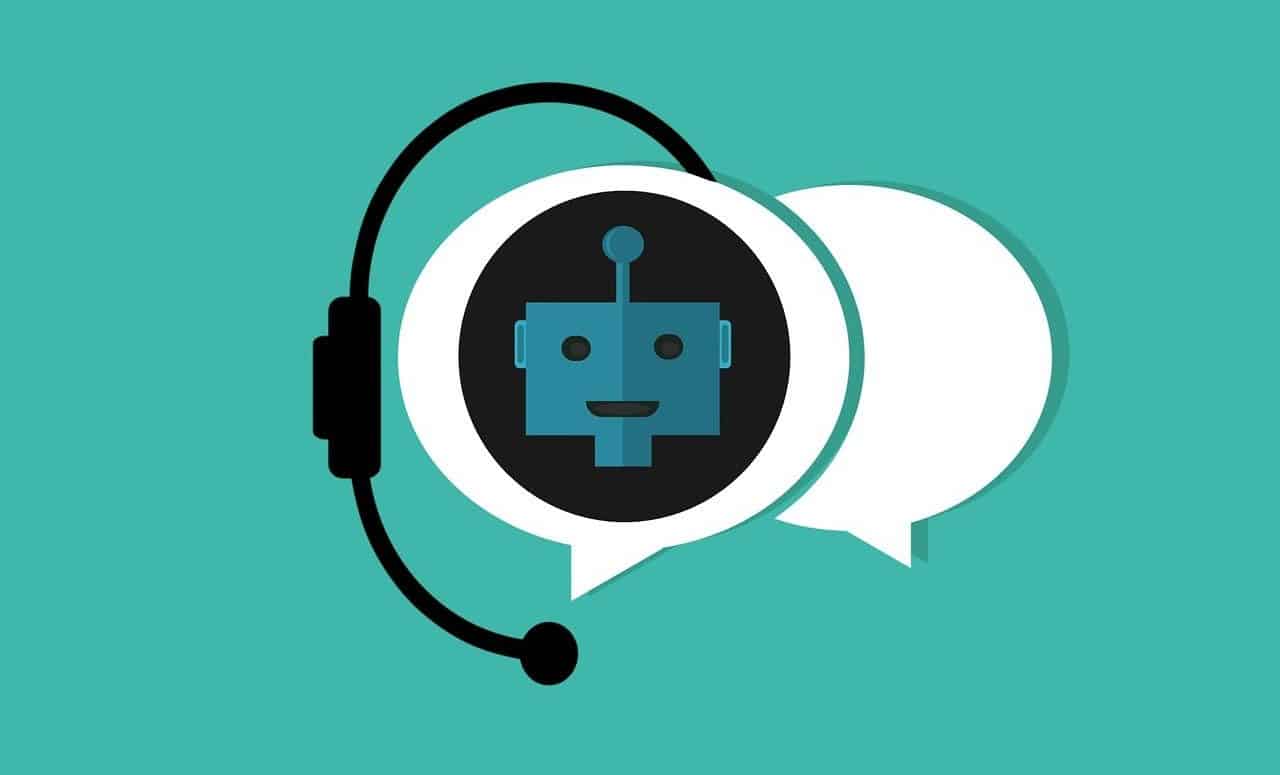
Chatbots are based on conversational design.
A chatbot is a computer program that offers automatic responses to user questions , thus simulating having a conversation . Typically, the exchange of messages between the person and the software is done through text, although voice chat exists.
The chatbot is also known as a conversational bot or chatbot . At this point it is important to indicate that an application that can automatically repeat certain tasks thanks to a series of functions previously assigned to it is called a bot .
Origin of chatbots
The origin of chatbots is associated with the work developed by the German-American Joseph Weizenbaum ( 1923 – 2008 ), considered one of the pioneers of cybernetics . In 1966 , Weizenbaum presented a program called ELIZA , capable of following a conversation through natural language processing (NLP).
ELIZA is considered to be the first chatbot and a precursor system to artificial intelligence . Little by little, other chatbots began to emerge prepared to answer human queries.
Over time, thanks to the evolution of programming , algorithms and technology in general, chatbots began to have the ability to develop a logical conversation . Today it is considered that a bot can adopt different "personalities" , learning from its interactions with users.

A chatbot can use machine learning algorithms.
Its operation
The operation of a chatbot is based on the simulation and processing of human conversations . In this way, a person can interact with a digital device in a similar way as they would with another flesh and blood subject.
There are different types of chatbots. Some are trained to answer simple questions in one line, while others are able to evolve from learning and are customizable.
Specifically, a chatbot can work through natural language processing , supervised or unsupervised machine learning , automatic rules and artificial intelligence . What is done through programming is to ensure that the system is able to develop an interpretation of the context of the talk, offering answers to the queries it receives.
It is important to clarify that the chatbot does not have reasoning : that is, it does not have the power to reason, but rather its responses are predetermined according to the messages it receives and processes. Of course, it does not have feelings or develop emotions, beyond the empathy that people believe they perceive in interactions.

Personalization of the chatbot is possible from the analysis of user behavior.
Types of chatbots
According to its operation, a chatbot can be classified in several ways. A first classification distinguishes between linear chatbots (which offer a flow of responses according to a successive chain of stages) and non-linear chatbots (through NLP and machine learning they can interpret the context of the chat and the individual's intentions).
Similarly, a difference is made between declarative chatbots (based on rules, they can only maintain structured and specific interactions) and conversational chatbots (they function as virtual assistants since they have predictive capacity and adapt according to the user's behavior, just as Alexa does. , Cortana , Google Assistant and Siri , for example).
The uses
The uses of chatbots are very widespread today. By appealing to them in the customer service area, companies can provide an automatic response 24 hours a day.
The chatbot, in this framework, usually provides an assistance service through instant messaging via Facebook Messenger , WhatsApp or another similar tool. These applications, in short, contribute to the management of the customer relationship.
Suppose a person buys a television and, a few weeks later, the device begins to fail. Faced with this situation, go to the manufacturer's website to request technical support . The company, in its digital space, makes available to customers a chatbot that resolves the most frequent queries and is prepared to help solve certain errors. The individual in question can make use of that live chat , interacting with the bot.
Another frequent use of chatbots occurs in the field of digital marketing . A travel agency can have a chatbot on its website that is automatically activated upon each visit. "Hello! Are you organizing your vacation? I can help you find the best options for you. Where would you like to travel?” is the message displayed to all visitors. Then, according to what was discussed with the potential client, the chatbot provides information on tourist packages, with details of the itineraries, prices, payment methods, etc.
Health chatbots , on the other hand, are used by prepaid medicine companies, social works and health centers. They can check symptoms and ask other questions and then refer the person to the corresponding specialist, assign them an appointment or indicate the steps to follow. These chatbots were very important during the COVID-19 pandemic to provide assistance without breaking isolation.
In the case of educational chatbots , they accompany students in the learning process. These resources are used in MOOCs (massive open online courses) and other training proposals.
